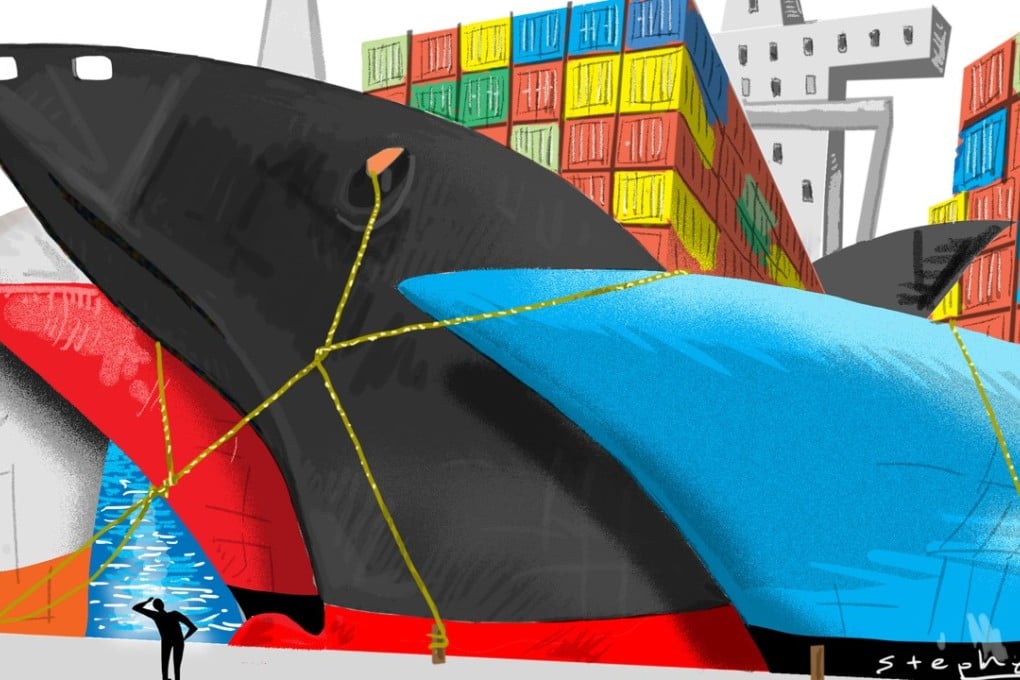How Hong Kong’s port can stay competitive, and ahead of rivals in the Greater Bay Area
Jonathan Beard says with the Hong Kong port slipping out of the world’s top five, terminal operators should work together where possible, and focus on competing with ports in the Greater Bay Area and beyond

The plan offers Hong Kong’s economy a wealth of new opportunities, but also poses challenges and uncertainties. Hong Kong’s container port, a critical part of the city’s economy and identity, is all too aware of the headwinds it faces.
Indeed, the international ranking of the port has fallen over the years – from first to fifth place – behind Shanghai, Singapore, Shenzhen and Ningbo in overall throughput. This year, Hong Kong is slipping out of the top five. Clear, firm and swift measures are needed to arrest this decline.
The bay area container port market was the first in China to open up and is one of the most competitive in the world. The rapid expansion of new, high-specification ports and the expertise of international operators have spurred the evolution of the bay area port cluster, delivering considerable benefits to importers and exporters, and the economy at large.
Hong Kong can be rightly proud of the role it has played in such developments. However, the threats to the Hong Kong port’s continued role as a major hub and gateway to the world remain as intense as ever.
The Hong Kong port’s cargo volumes fell 3.9 per cent in the first six months compared to last year, while other bay area ports, notably Guangzhou (Nansha), surged by over 9 per cent. Meanwhile, the Guangzhou government gives aggressive support, funnelling financial incentives to the Nansha port, related shipping lines and the nascent maritime cluster.
A cursory reading of the Hong Kong port’s Master Plan 2020, which dates from 2004, shows many of Hong Kong’s challenges are not new. However, we have been slow to address them, while change has been quicker than anticipated.